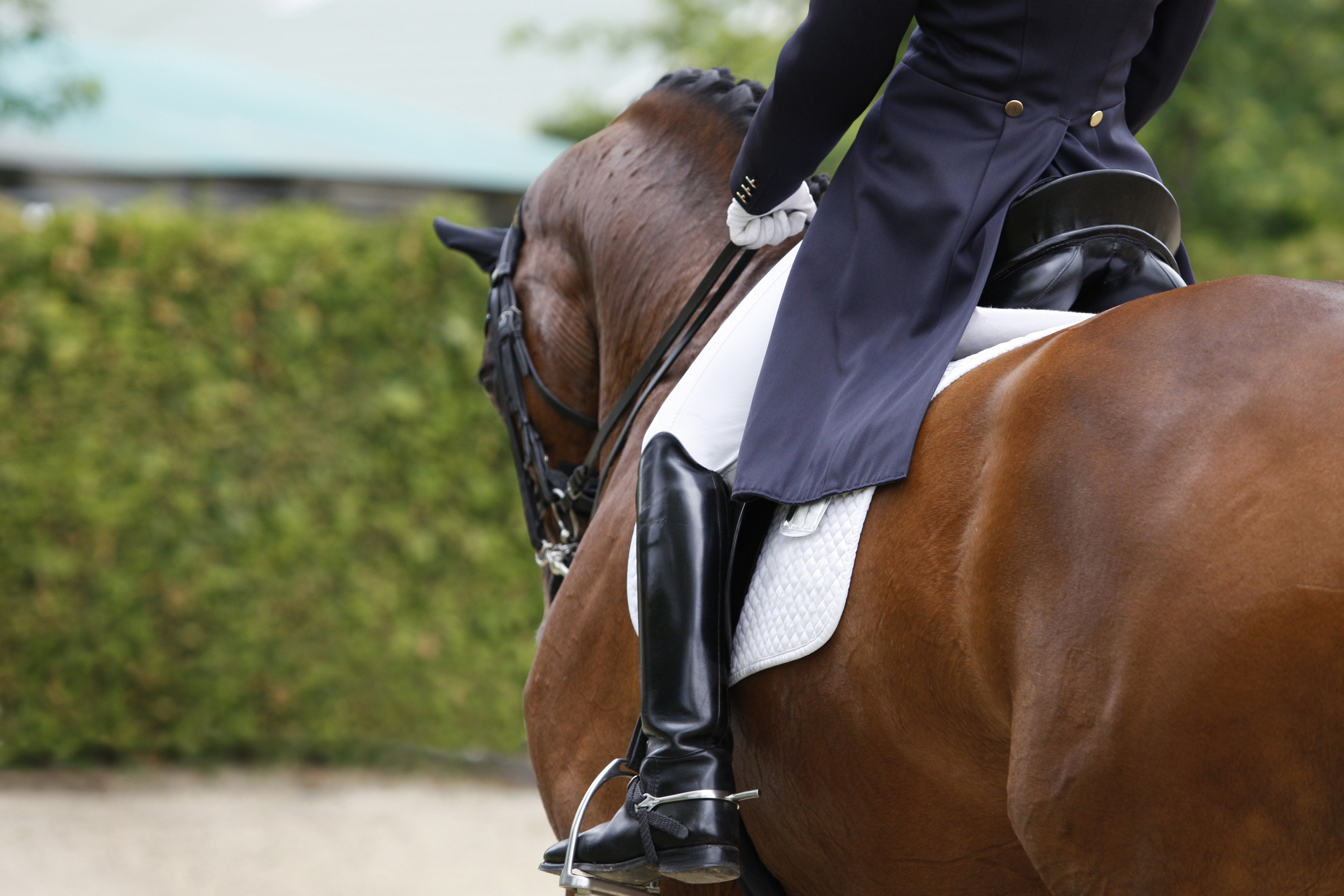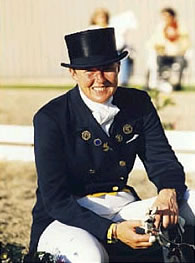Dressage Today’s technical editor Beth Baumert attended a symposium with five-time Olympian Kyra Kyrklund, held at the Kentucky Horse Park, April 12-13. Here are some training and riding tips that Kyra passed on during the symposium. For more details about the symposium, see the July 2003 issue of Dressage Today.

1. A good rider lives on the small number of good steps and he builds on them. He forgets about the bad things. Inexperienced riders think mostly about the bad things, Kyra explained.
2. There are many roads to the top of the mountain, but the view is the same from the top.
3. With transitions, horses find their balance by themselves.
4. A horse has a memory shorter than a dog—which might be three seconds. You must reward immediately.
5. In a proper pirouette, there is no suspension and it is bound to be four beat.
6. Even a foal can do one-tempi changes.
7. I have had to work to get flying changes because I didn’t have a schoolmaster when I was learning. I count the steps: 1, 2, 3. Here is what I do:
- I check that my horse is listening to me by doing a big half halt. If he is not listening I don’t ask for the change until he is sharper.
- I take my new outside leg back.
- I ask for the change.
8. A horse only works for 45 minutes. He can carry us for that 45 minutes.
9. Never work a horse until he is sour … especially young horses in the arena.
10. Don’t bother with shoulder-in or any other movements if you are not able to influence the length of the horse’s steps. There is no hope in hell until you can.
11. When you train at home, do one thing at a time—pirouette one day and half pass another, so you have time to do each thing with quality. You might choose canter work on one day and trot work on another.
12. Using the Fillis method of holding the reins of a double bridle, you take the bridoon as if you were driving. It will make the muscles of the lower arm soft and it is easier to use each bit separately.
13. Horse-and rider-combinations are a bit like a marriage. You have to find the horse you can work with. I like energetic, hot horses for myself.
14. In training you have to be very honest. You cannot lie to your horse or your trainer or the dressage judges. If you only can do something one out of 10 times at home, then you know you have to be lucky at the show—and we know we’re not always dead lucky.
15. There are two ways of riding. At home you have to be very aware of your problems but you can’t be too picky at the show.
16. If I don’t have control in walk I won’t get it in trot or canter either.
17. At shows, we see many poor pirouettes in Fourth Level and Prix St. Georges. The collection in pirouette must be as great as it is in piaffe. For that reason, I teach the piaffe first [even though the pirouette appears much earlier in the tests.]
18. Many horses and riders get stuck at Prix St. Georges. You can still carry a horse around in Prix St. Georges, but when you start Intermediaire II and Grand Prix, the horse must carry himself.
19. Every time the rider uses a hand or a leg aid, the horse must respond. Even a bad response is better than no response at all.
20. Keep the good things good and don’t nag about the bad things but don’t ignore them either.
21. Work on the more difficult things on a basic level so the horse feels that he has succeeded.
22. For some horses, I am as happy with a score of 6 as I would be for a 10 on another horse. Continue with a strong 6 until the judges start to give a small 7 for it-instead of trying to overpower the horse to improve the movement and end up getting a 4. If you go from a strong 6 to a weak 7 in every movement you have gone from a 60 percent to a 70 percent.
23. When you have had a good ride, be sure to find time to write down some notes about how it felt. Often after you have won, everyone wants to have a champagne and there’s no time to remember how it felt. When you do poorly, no one wants to come talk to you and there’s plenty of time to reflect upon how it felt.
24. If you always do what you always did, you’ll always get what you always got. If you are not happy with what you are getting, you have to change what you are doing.

Born in Helsinki, Finland, Kyra Kyrklund now lives in Surrey, England, with her husband, Richard White, and their dog, Ludwig. A five-time Olympian, Kyrklund trained with the late Walter Christensen of Germany from 1975 to 1977. She then trained with Germany’s Herbert Rehbein from 1980 until his death in 1997. In addition to the Olympics, Kyrklund earned a silver medal at the 1990 World Equestrian Games in Stockholm, Sweden, and placed first at the 1991 World Cup Final in Paris, France. She recently began riding and competing the 17.2-hand Oldenburg gelding Andiamo Tyme in Grand Prix.











